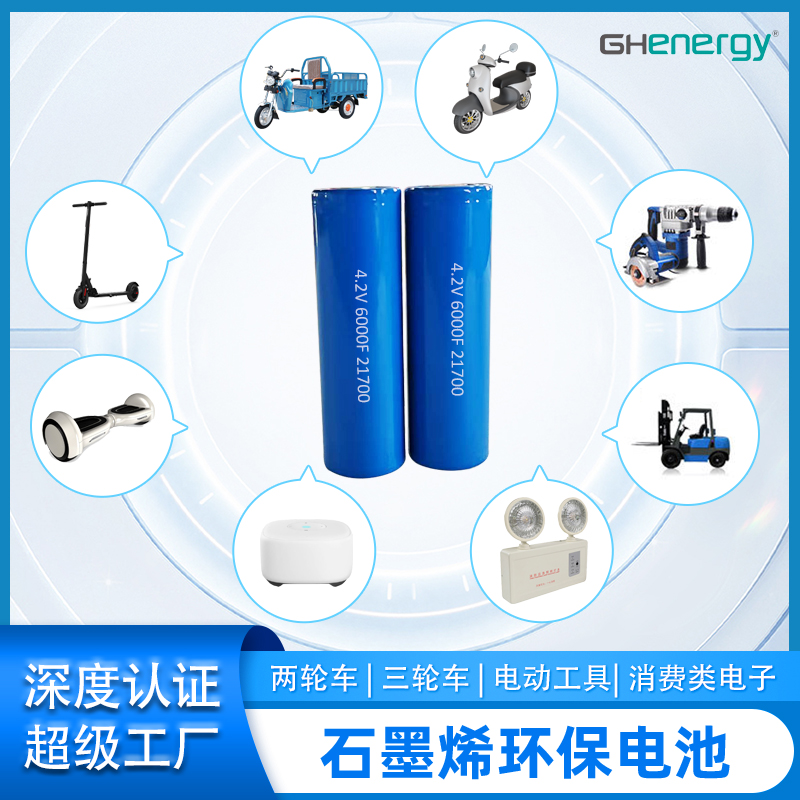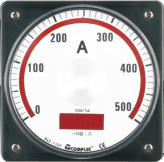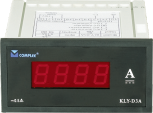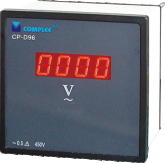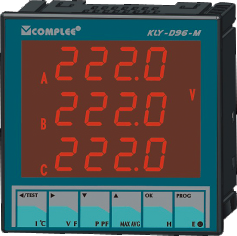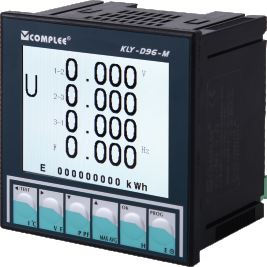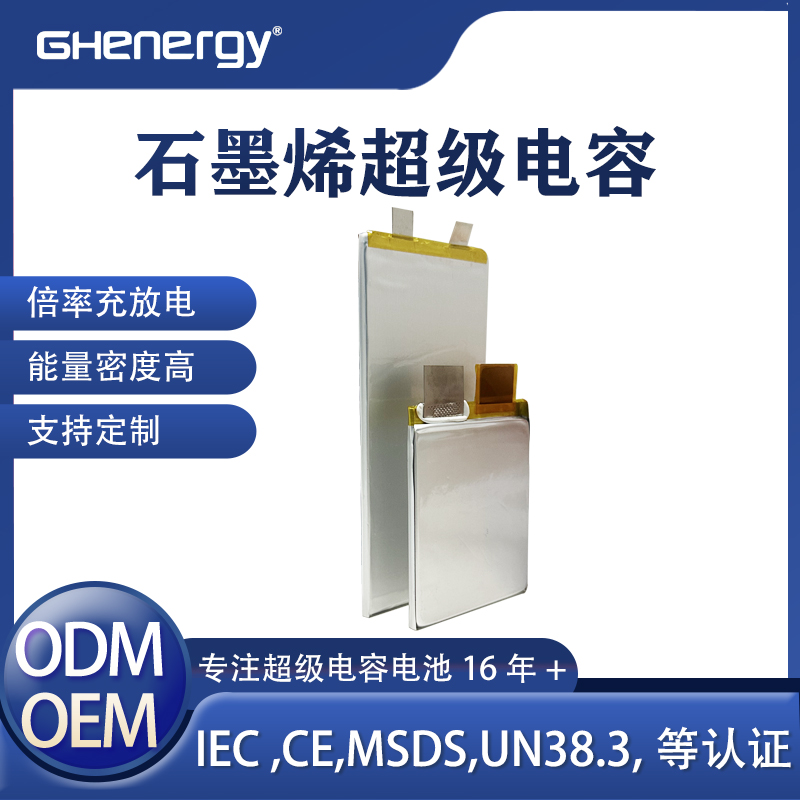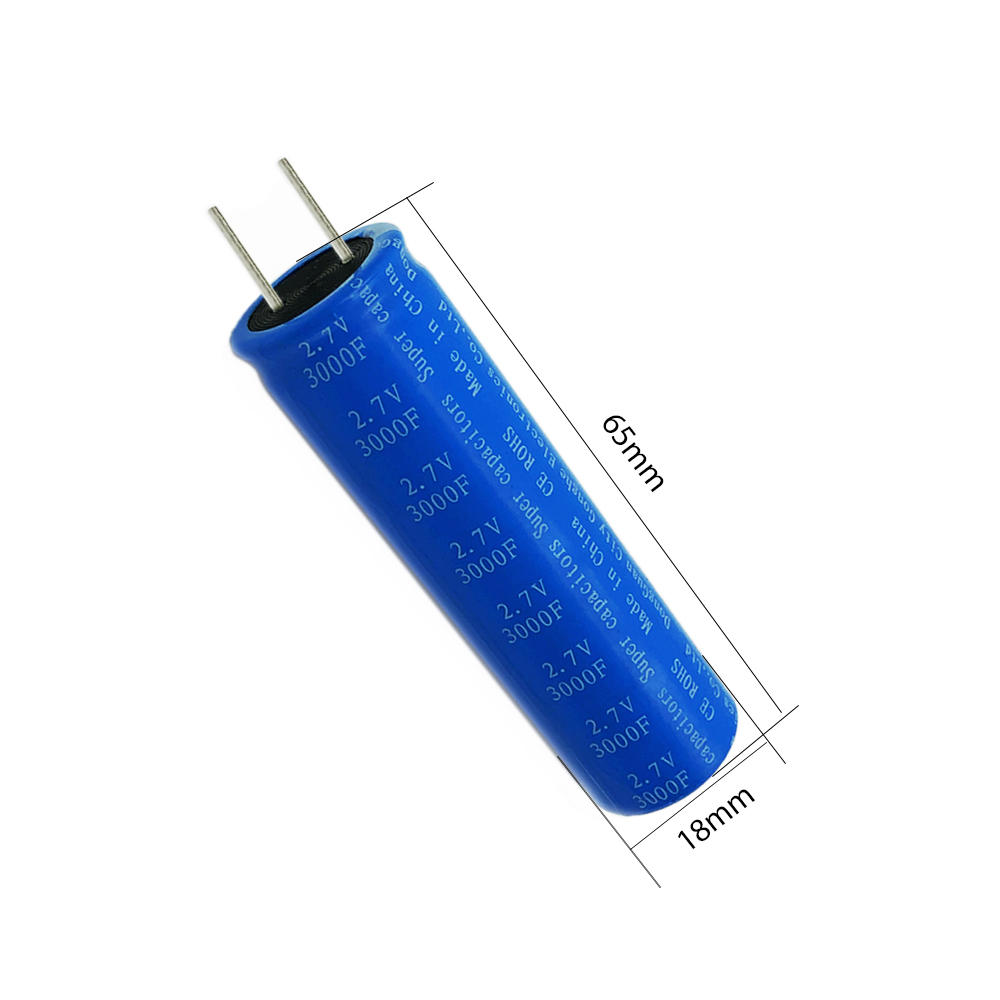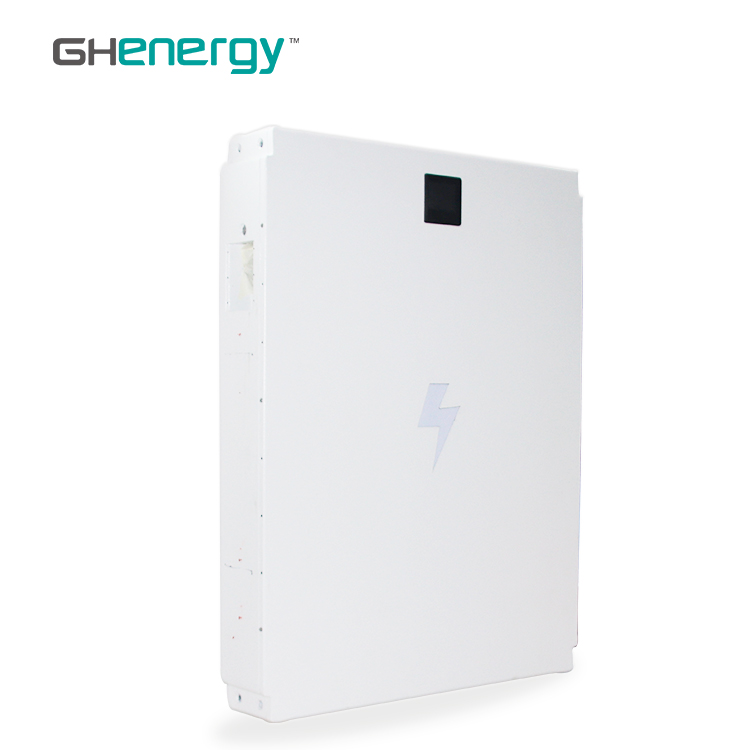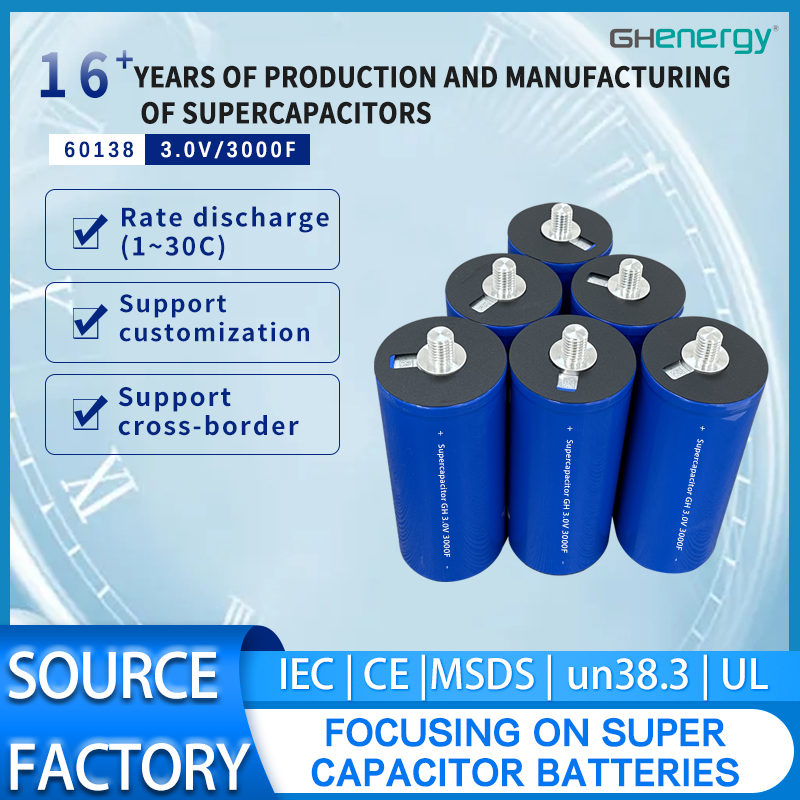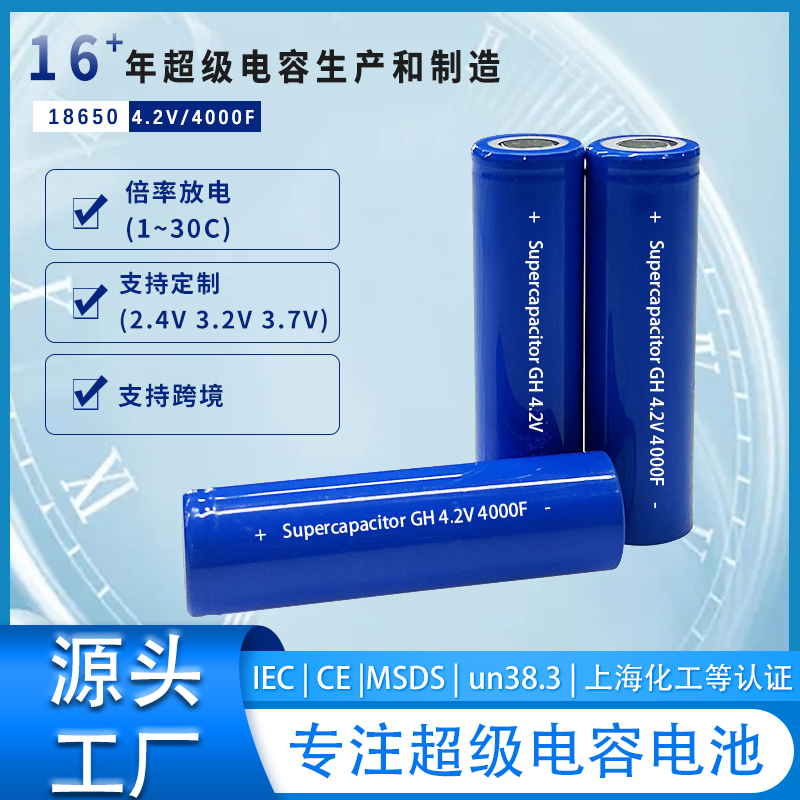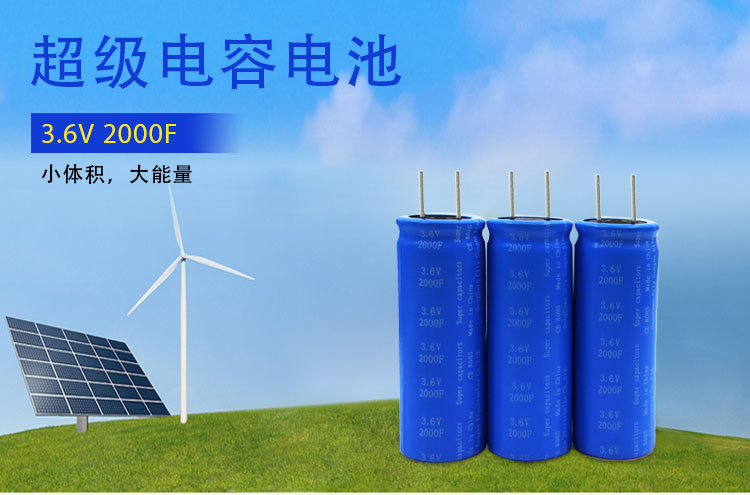Wedoany.com Report-Nov 20, eCitaro fuel cell: long range, significant recuperation benefits, high drive power
Solution for hydrogen as preferred energy source
New in the eCitaro fuel cell: three operating strategies possible
Daimler Buses system consultants support the selection of an operating strategy
Digital Vehicle Monitoring already integrate
Daimler Buses Solutions: turnkey eMobility ecosystems from a single source
Daimler Buses is expanding the range of applications for the Mercedes‑Benz eCitaro fuel cell. In future, an electric bus equipped with a fuel cell as a range extender can be run on hydrogen as the sole energy source in certain usage scenarios, thanks to a new, additional operating strategy.
When switching to electric mobility, the majority of transport operators today prefer buses with battery-electric drives such as the eCitaro or eCitaro G, because grid electricity is generally more readily available and significantly cheaper than hydrogen for fuel cell drives. However, if very high daily ranges are required and intermediate charging is not possible or desired, vehicle drives with fuel cells can be a solution. This is because the fuel cell uses hydrogen and oxygen from the air to generate electricity for the high-voltage batteries while driving.
eCitaro fuel cell: long range, significant recuperation benefits, high drive power
With the latest NMC3 battery generation, the Mercedes‑Benz eCitaro fuel cell is designed for particularly long ranges of up to 500 kilometres[1] in an articulated vehicle or up to 600 kilometres in a solo vehicle. It is equipped with a 60 kW fuel cell on the roof, which does not serve as the main energy source, but as a range extender. The main energy source in the eCitaro fuel cell is the battery, with a capacity of at least 295 kWh. It is charged via a plug in the depot.
Compared to a hydrogen-only vehicle with a small buffer battery, the eCitaro fuel cell is much better at storing the energy recovered by recuperation when braking fully and profitably in its large batteries. This immediately boosts the overall efficiency of the eCitaro fuel cell bus in urban traffic where braking is frequent, but more especially in difficult terrain. Last but not least, the large battery capacity also allows high levels of drive power to be utilised over longer distances – on uphill stretches, for example – without the fuel cell having to operate in the inefficient upper power range.
Solution for hydrogen as preferred energy source
Some transport operators prefer to use green hydrogen instead of grid electricity as an energy source for their zero-emission vehicle fleet, for example because they have a very inexpensive H2 source or because they want to avoid long charging times in 24-hour operation and instead take advantage of the very short refuelling times that are possible with hydrogen.
With the Mercedes‑Benz eCitaro fuel cell, Daimler Buses is now able to offer a solution for these customers: the new “H2 mode” operating strategy. This is the result of consistent further development in collaboration with customers. In the new operating mode, the fuel cell, which is controlled intelligently, always feeds enough energy into the drive and batteries so that the batteries’ SOC (State of Charge) never drops below a defined level. Recharging with mains power at a charging station is no longer necessary.
New in the eCitaro fuel cell: three operating strategies possible
This means that the eCitaro fuel cell now has a total of three operating strategies:
– Maximum Range mode
– Balanced mode
– H2 mode
In the “Maximum Range mode” operating strategy, both the battery charge and hydrogen supply are used to the maximum level, with the fuel cell always working in the most efficient operating range. In this mode, ranges of up to 600 kilometres5 can be achieved in a solo vehicle with the latest NMC3 battery generation. With the NMC4 generation, available in 2026, the range will reach up to 700 kilometres. Equipped with NMC4 batteries, an articulated bus can then cover up to 600 kilometres.
In the “Balanced mode” operating strategy, the battery supplies the majority of the energy for the drive and auxiliary loads, and the fuel cell only supplies as much energy as is necessary to achieve the previously set range. Here, too, the fuel cell always works in the most efficient operating range, which enables ranges of up to 700 kilometres5 to be achieved in a solo vehicle with an NMC4 battery.
The battery and the fuel cell are also the energy source for the drive system in the “H2 mode” operating strategy. The battery no longer needs to be charged externally during stationary phases. It is not charged by the mains when the vehicle is stationary, but by the fuel cell while driving. Sometimes, the fuel cell is called upon more than in the other operating strategies, but it again always works in the efficient operating range between 20 and a maximum of 40 kW. With a hydrogen consumption of 6.3 kg (solo) or 9.7 kg (articulated vehicle) per 100 kilometres5, ranges of up to 480 or 360 kilometres5 can be achieved with a full tank.
After extensive long-term practical tests by customers, in which the eCitaro fuel cell has proven the functional and operational reliability of the new “H2 mode” operating strategy, Daimler Buses is now offering the new operating mode for all new eCitaro fuel cells. However, the prerequisite is prior customer consultation and an evaluation of the respective routes by the experts from Daimler Buses. The bus on display is a customer vehicle from Stuttgarter Straßenbahnen AG (SSB), whose ideas led to the enhancements and certainly also reflect the interests of other bus operators.
Daimler Buses system consultants support the selection of an operating strategy
Since the selection of the operating mode has a decisive effect on the economy, reliability and availability of the vehicle, experienced system consultants from Daimler Buses support customers in deciding which of the three operating strategies is the most sensible for their use. The operating strategy is configured exclusively via the system software. It is not possible to change the operating mode in the vehicle, e.g. via the menu in the driver’s display.
Digital Vehicle Monitoring already integrated
Whether running off mains power or hydrogen: monitoring the energy consumption, battery charge level and hydrogen supply, as well as the vehicle condition, can help operators to ensure maximum availability and economy of their buses. This is why the Mercedes‑Benz eCitaro fuel cell bus comes with all the necessary components as standard, which enables the vehicle to be easily integrated into the Omniplus On Portal for real-time monitoring of the vehicle functions. Hydrogen filling levels, battery charge levels and the resulting remaining range can be read at any time using the Omniplus On monitor. In the event of a malfunction or if the vehicle falls below the minimum charge or filling values, the traffic controller or fleet manager receives a corresponding warning. If necessary, these can be sent to a mobile phone by text message as well as displayed on the monitor in the control room.
In addition, trends and potential optimisations for energy consumption can be displayed in detail in On monitor. In addition to diagrams showing consumption values per vehicle and route, On monitor also distinguishes whether the energy was used for the drive or the vehicle’s air conditioning. This makes it easy to compare individual vehicles with each other and, if necessary, derive suitable measures for reducing energy consumption. For bus companies with a mixed fleet that do not use the Omniplus On Portal, Omniplus offers individually bookable Omniplus On data packages that enable vehicle data from Mercedes Benz and Setra buses to be integrated into existing fleet management and control systems from third-party providers – simply and without retrofitting additional hardware.
Daimler Buses Solutions: turnkey eMobility ecosystems from a single source
Daimler Buses Solutions GmbH specialises in the design and construction of electromobility and hydrogen infrastructure. In cooperation with the experts from Daimler Buses Solutions GmbH, Daimler Buses can supply an entire eMobility ecosystem from a single source on request. The range extends from individually configured electric buses to software-supported feasibility studies through to all the electromobility and hydrogen infrastructure for the depot – including the necessary construction measures, electrical installations, charging stations, battery storage systems, charging management systems and other digital services. In addition, the portfolio includes services relating to the necessary infrastructure for operating buses with hydrogen-based fuel cell drives or range extenders. The company works for customers throughout Europe and, together with partners, supplies the complete infrastructure for electromobility from a single source.
